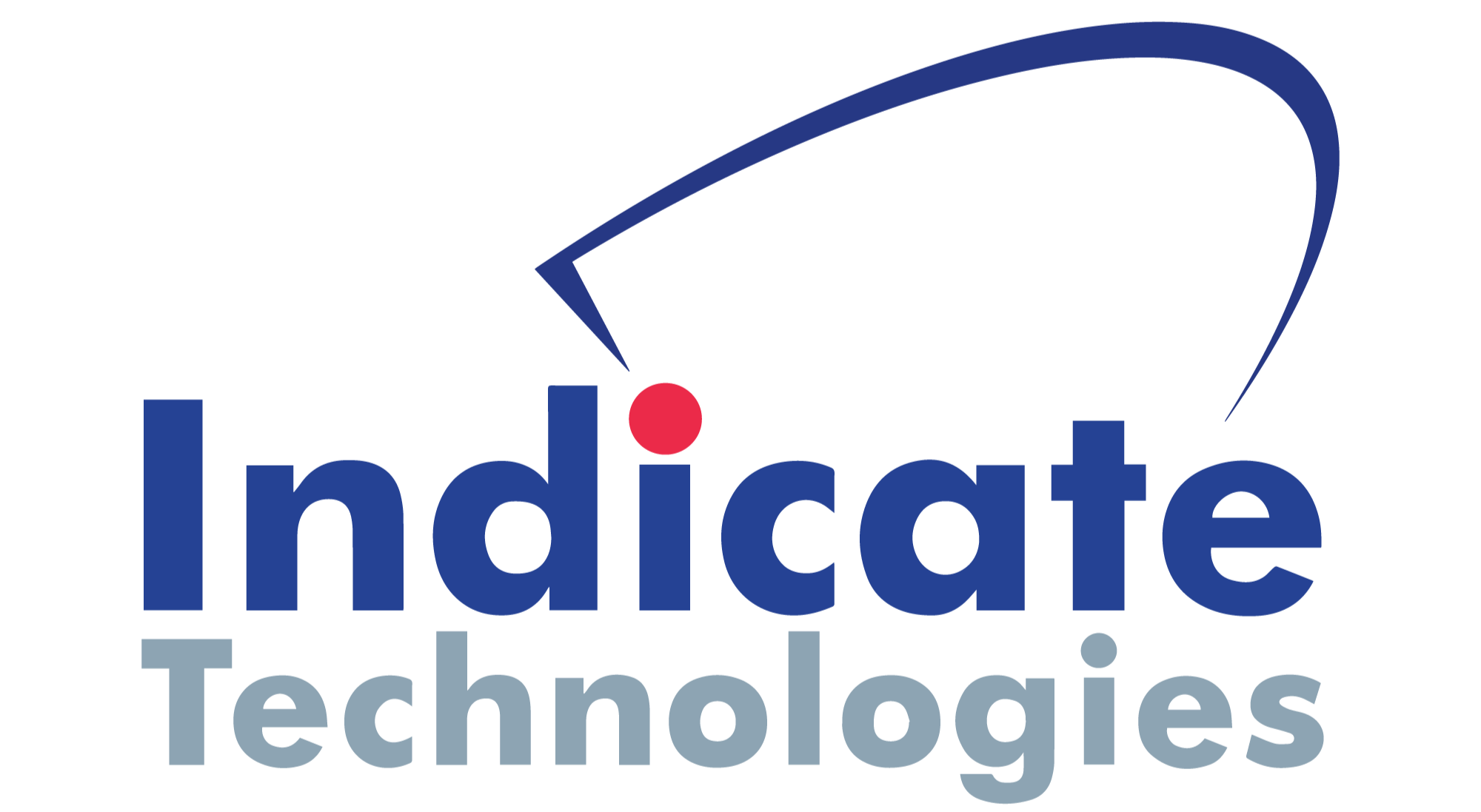An introduction to
Photogrammetry
Photogrammetry is a 3D scanning technology that uses photography to create accurate and detailed 3D models of objects, environments, and structures. It has applications across various fields such as archaeology, architecture, engineering, and even film and video game production.
How Photogrammetry Works
Photogrammetry is a process that involves capturing multiple photographs of an object or scene from different angles and using software to analyze these images to create a 3D model. The fundamental principle behind photogrammetry is triangulation, where the spatial relationships between points in different images are used to determine their 3D coordinates.
1. Image Capture
Multiple overlapping photographs are taken from different angles around the subject. These images can be captured using regular digital cameras, drones, or specialized photogrammetry equipment.
2. Image Processing
The captured images are then processed using photogrammetry software, which detects common points across the images. This step often involves identifying key features and matching them across different photos.
The captured images are then processed using photogrammetry software, which detects common points across the images. This step often involves identifying key features and matching them across different photos.
3. Point Cloud Generation
The software generates a sparse point cloud, which is a collection of 3D points that represent the object’s surface. This step uses algorithms like Structure from Motion (SfM) to estimate the 3D positions of these points.
4. Dense Point Cloud and Mesh Creation
A dense point cloud is then created by interpolating the sparse points, followed by constructing a 3D mesh. The mesh is a network of vertices, edges, and faces that form the object's surface.
5. Texture Mapping
The final step involves applying textures to the 3D model. The original photographs are used to generate textures that provide realistic colors and details to the mesh.
Advantages of Photogrammetry
Cost-Effective
Photogrammetry can be performed using standard digital cameras, making it more affordable than some other 3D scanning technologies.
Photogrammetry can be performed using standard digital cameras, making it more affordable than some other 3D scanning technologies.
High Level of Detail
It captures intricate details and textures, producing highly realistic 3D models.
It captures intricate details and textures, producing highly realistic 3D models.
Non-Invasive
The technique is non-contact, meaning it does not require physical interaction with the object being scanned, preserving delicate items.
The technique is non-contact, meaning it does not require physical interaction with the object being scanned, preserving delicate items.
Versatile
It can be used for a wide range of objects and environments, from small artifacts to large landscapes.
Challenges and Limitations
Lighting and Reflectivity
The quality of the photographs heavily influences the final 3D model. Poor lighting conditions and reflective surfaces can cause inaccuracies.
The quality of the photographs heavily influences the final 3D model. Poor lighting conditions and reflective surfaces can cause inaccuracies.
Complexity of Processing
The software processing can be computationally intensive and time-consuming, especially for large datasets.
Skill Requirement
Successful photogrammetry requires careful planning of photo capture and expertise in using photogrammetry software.
Applications
Archaeology - Photogrammetry is used to document and analyze archaeological sites and artifacts. It allows archaeologists to create precise 3D models of excavation sites, enabling virtual reconstruction and study without damaging delicate artifacts.
Architecture and Construction - In architecture, photogrammetry is used to create detailed 3D models of buildings and structures for restoration, preservation, and renovation purposes. In construction, it helps in monitoring progress and comparing the built environment with design plans.
Engineering - Engineers use photogrammetry for surveying and mapping. It provides accurate topographical data, which is essential for infrastructure development and environmental management.
Film and Gaming - In the entertainment industry, photogrammetry is employed to create highly detailed and realistic 3D models for movies and video games. It allows for the creation of intricate virtual environments and characters.
Forensics and Law Enforcement - Photogrammetry is used to recreate crime scenes and accident sites, providing valuable spatial information for investigations and court presentations.
Conlusion
Photogrammetry remains a favorite among video game developers for its ability to produce visually impressive results. However, 3D scanning is becoming increasingly popular due to its speed and versatility in digitizing real-world objects and people. Handheld 3D scanning is also gaining ground in healthcare, where it enables quick and accurate measurements of patients' extremities, leading to the creation of custom, better-fitting orthotics.
If precision is your main goal, and you need to capture high-resolution objects quickly for further use in CAD applications, a professional 3D scanner paired with advanced 3D scanning software is recommended.
With an unlimited budget and no time constraints, combining 3D scanning and photogrammetry is often the best approach for converting real-world objects into digital replicas. This method ensures that your model will have both highly accurate geometry and realistic, detailed textures with vibrant colors.



